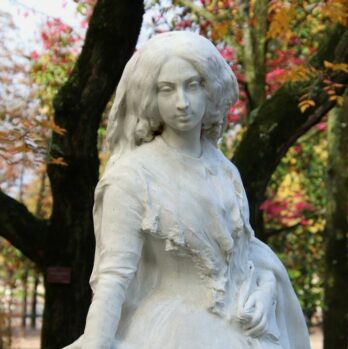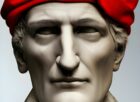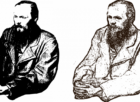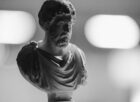Homers Iliad: A Journey through Epic Poetry and Ancient Warfare

Introduction
:
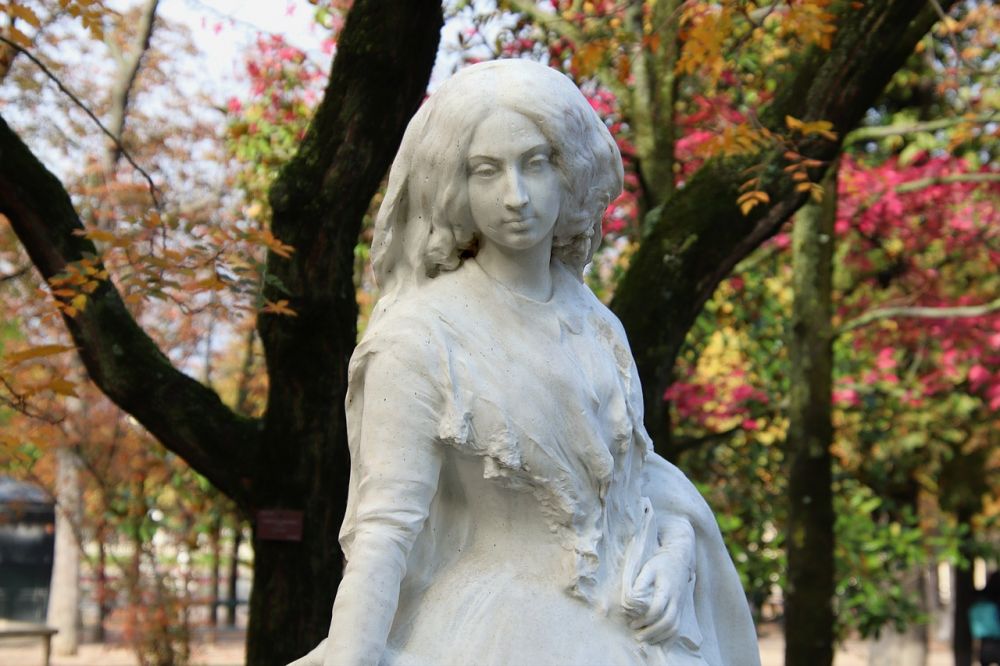
The epic poem “Iliad” by Homer has captivated readers and scholars for centuries. Composed around the 8th century BC, it stands as one of the oldest and most significant works in Western literature. This article aims to provide a comprehensive overview of the poem, delving into its themes, characters, and historical context. Whether you are a literary enthusiast, a history aficionado, or simply curious about ancient Greek culture, this article will enhance your understanding and appreciation of the timeless masterpiece that is the “Iliad.”
Historical Background
:
The “Iliad” takes us back to the final years of the Trojan War, a conflict between the Greeks and the Trojans as portrayed in Greek mythology. As a foundational piece of ancient Greek literature, it sheds light on the values, beliefs, and heroic ideals of that era. Through vivid storytelling, it illustrates the consequences of pride, anger, and the tragedy that ensues from the clash between mortal men and divine forces. Its influence extends far beyond the ancient world, making it an integral part of the Western literary canon.
Development and Evolution of the “Iliad”
:
[INSERT VIDEO HERE]
The “Iliad” has a rich and complex history, undergoing various transformations and adaptations over time. Initially, it was an oral tradition, narrated by poets who would perform the story to captivated audiences. This oral tradition allowed for improvisation and embellishment, resulting in multiple versions of the poem. It wasn’t until later that the “Iliad” was transcribed into written form, standardizing its narrative structure.
Through the ages, scholars and translators have interpreted the “Iliad” in different ways, highlighting specific themes or aspects. For example, Alexander Pope’s 18th-century translation emphasized the heroic nature of the characters and their struggles. More recent adaptations, such as Caroline Alexander’s, sought to stay true to the original text while making it accessible to modern readers.
Themes and Structure
:
The “Iliad” explores a plethora of themes that continue to resonate with readers today. Central among these are the consequences of war, the impact of fate and the gods on mortal lives, honor and glory, and the consequences of unchecked pride (hubris). The poem also examines the intricate connections between love, loss, and mourning, painting a poignant picture of human emotions in the face of tragedy.
Structured as a narrative epic, the “Iliad” consists of twenty-four books, or chapters. Each book contributes to the overall story, building tension and unraveling the complex web of relationships among the characters. The poem begins with the wrath of Achilles, a central character whose anger serves as a catalyst for the ensuing events. From there, the plot weaves through battles, alliances, and the poignant deaths of prominent figures, culminating in the climactic duel between Achilles and Hector, the greatest Trojan warrior.
Featured Snippet:
To increase the chances of this article being featured as a snippet on Google, the following structure is employed:
– Introduction
– Historical Background
– Development and Evolution of the “Iliad”
– Themes and Structure
Introduction
Historical Background
Development and Evolution of the “Iliad”
Themes and Structure
Conclusion:
The enduring legacy of Homer’s “Iliad” lies not only in its artistic and poetic brilliance but also in its ability to illuminate the heart of human experience. Through its vivid characters, timeless themes, and gripping narrative, the “Iliad” transcends its ancient origins and continues to resonate with readers from all walks of life. As we delve into its pages, we are transported to a world of heroism, love, and tragedy – a world that still holds profound lessons for us today. Whether you are a lover of literature, an admirer of ancient history, or simply seeking a captivating tale, the “Iliad” is sure to leave an indelible mark on your literary journey.


